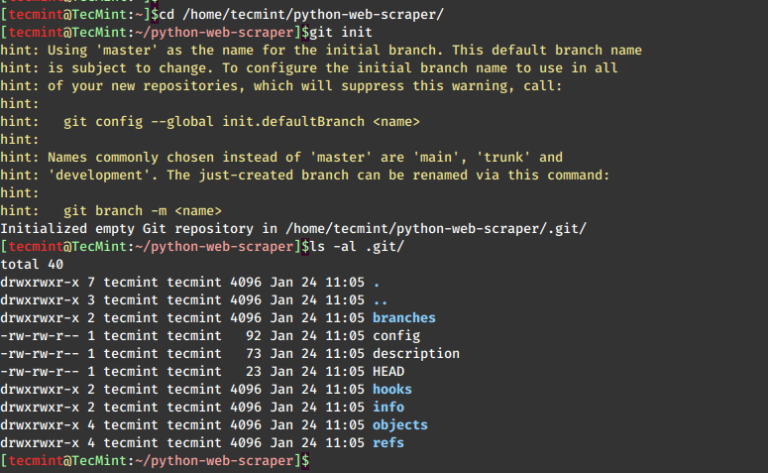vooPlayer Video Hosting Review: Is This Worth The Money?


We all know the power of video for marketing, teaching, outreach, communication and entertainment. We also know that the default host is YouTube. But what about when YouTube isn’t enough? When you want more control over your content or want to do more with it? That’s when you turn to services like vooPlayer.
Read more…






